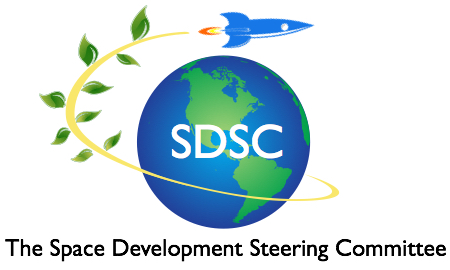Solar energy from space at ten cents per kilowatt hour, a price competitive with coal, oil, terrestrial solar power, and wind power. That’s what one expert on space solar power says is within our grasp thanks to Elon Musk’s vastly underused new rocket, the 140,000-pound-cargo-carrying Falcon Heavy, the most powerful rocket on earth.
Solar energy from space has no carbon emissions, no down times for clouds or night, can be easily distributed by the existing power grid, and produces five times the energy of photovoltaic panels on earth. Solar energy from space could wean us off of fossil fuels forever. The Falcon Heavy could put the equipment for this space solar power harvesting into orbit.
But that’s just one of the radically new possibilities that SpaceX’s Falcon Heavy opens to us. It’s built to carry heavy cargo to space. What sort of brand new possibilities does that new cargo-carrying capacity open to us?
- With a single Falcon Heavy, we could launch eight rovers to the moon, rovers that could spread out, head in different directions, and prospect for the moon’s equivalent of gold–water. With a series of these eight-rover launches, we could explore all of the moon’s most promising locations.
- We could land massive ice mining equipment. Again, to mine for the lunar equivalent of gold–water.
- We could land what the space community calls ISRU units–in situ resource units–electrolysis machines to turn ice into hydrogen and oxygen, breathable oxygen for humans, and hydrogen and oxygen to refuel rockets going back and forth from orbit around the moon to the lunar surface and going back and forth from earth to the moon. According to John Strickland, chief analyst for the Space Development Steering Committee, water mined on the moon for use in space will be 75 times less expensive than water brought up from the earth.
- We could land construction machines that turn the dust and stone of the moon into concrete and that build walls and roofs from that concrete.
- We could land housing units–modular parts of prefabricated lunar bases that eventually could be the size of shopping malls.
- We could land excavation equipment to dig holes in which those living units can be shielded from the moon’s intense radiation.
All this becomes possible, and more. But there’s a hitch. NASA is so absorbed in building its own big-payload rocket, the Space Launch System, that it has no money left to develop space solar power satellites, rovers, ice mining equipment, construction machines, housing units, and excavation equipment, the things we will need to build towns and cities on the moon and Mars.
The Space Development Steering Committee urges NASA to get out of the rocket business and into the space infrastructure industry. With the Falcon Heavy, lift off is not a problem. Having the equipment with which to accomplish the White House’s goal of permanence on the moon is.
